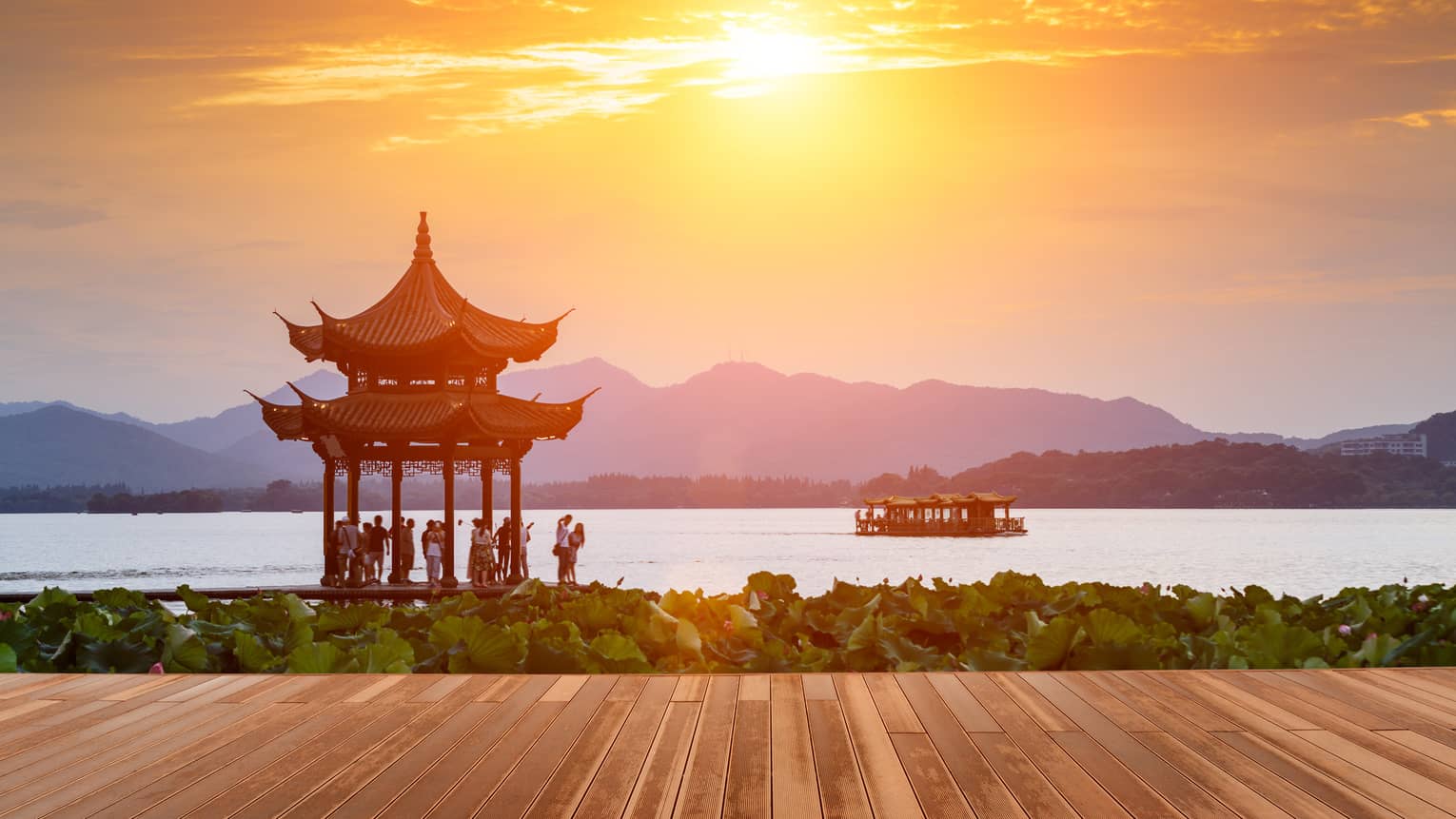The Great Wall
In the eyes of most travellers, if you haven’t climbed the Great Wall you haven’t been to China.
The Great Wall is the longest wall in the world, an impressive feat of ancient defensive architecture. It deserves its place among “the New Seven Wonders of the World” and the UNESCO World Heritage Sites in China. The wall spans from China’s western frontier to the east coast, totalling around 5,000 km (3,100 miles), but the most integrated and best preserved sections are close to Beijing.
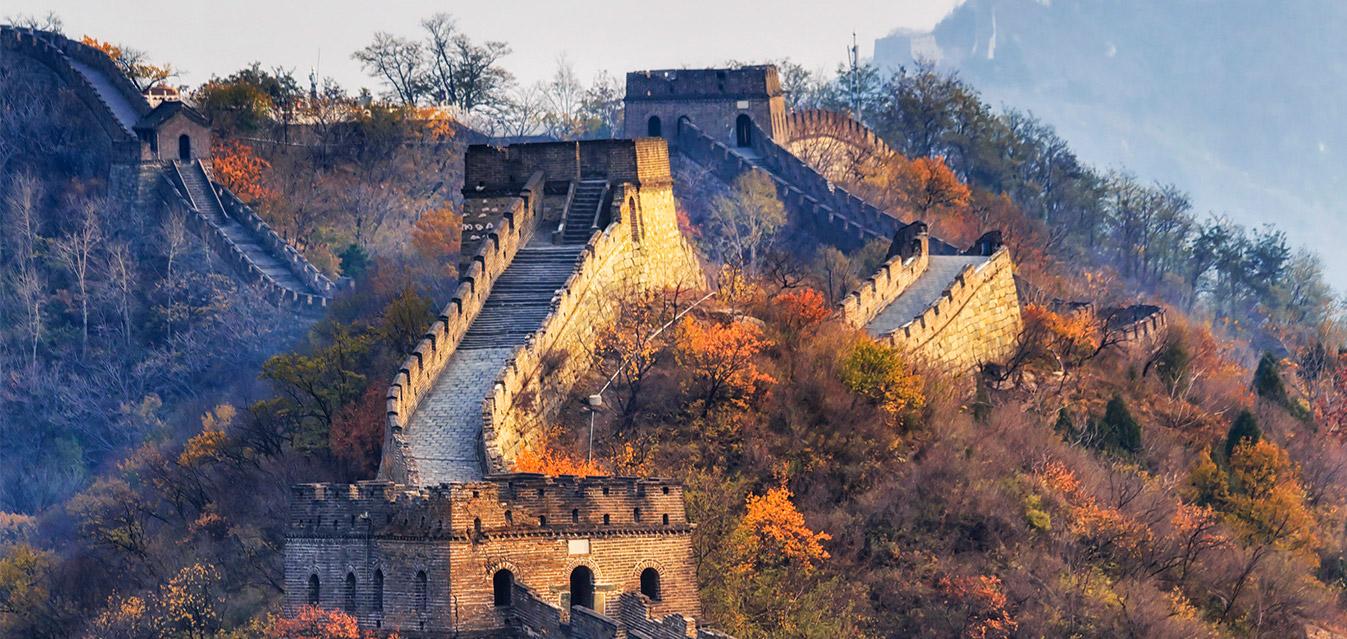
The Terracotta Army in Xi’an
The Terracotta Army has laid underground for more than 2,000 years. In 1974, farmers discovered one of the greatest archaeological sites in the world. In 1987 it became World Cultural Heritage. It is significant because the hundreds of detailed life-size models represent the army that triumphed over all other Chinese armies in the Warring States Period (475–221 BC), and who were the decisive factor in forming a united China.

The Forbidden City in Beijing
It was once a “palace city” where ordinary people were forbidden entry. An extravagant demonstration of ancient Chinese architecture, over 8,000 rooms with golden roofs are elegantly designed and painted in red and yellow. The Forbidden City was the imperial palace of the Ming and Qing Dynasties for 560 years till 1911. 24 emperors lived there. World Cultural Heritage, and now known as ‘the Palace Museum’ among Chinese, it is a treasure house of Chinese cultural and historical relics.

The Li River in Guilin
The landscape along the Li River has captured the heart of artists. Generations of Chinese painters and poets have been inspired by the beauty of nature there. Nowadays it’s a popular photography destination. When Chinese travellers seek a place for natural beauty, they first think of Li River and Yangshuo. The Li River was listed as one of the “World’s Top Ten Watery Wonders” by America’s National Geographic Magazine.

The Yellow Mountains in Huangshan
Remember the film ‘AVATAR’? The floating mountains in the film was said to be based on the Yellow Mountains in east China, close to Shanghai and Hangzhou. The Yellow Mountain Scenic Area spoil travelers with its five wonders: sun rises, seas of clouds, oddly-shaped rocks, twisted pine trees, and hot springs.
The Yellow Mountains are the most famous peaks in China, and one of China’s three best national parks. Jiuzhaigou in west China’s Sichuan Province is famous for its multicolored lakes and fall foliage; Zhangjiajie National Forest Park is well-known for its grotesque rock pillars. If you are looking for world-class scenery, consider going to all of them.

Giant Pandas in Chengdu
Although there are many zoos in China and elsewhere in the world, where you can see a giant panda, the best place to see them is Chengdu — the giant panda’s “hometown”. There are three places you can see pandas close up: Chengdu Panda Breeding and Research Center, Dujiangyan Panda Valley, and Bifengxia Panda Base. Chengdu Panda Center is in the north of the city, and is more established. Bifengxia Panda Base is 2 hours from Chengdu, has more pandas, and you can see pandas more in their natural habitat.
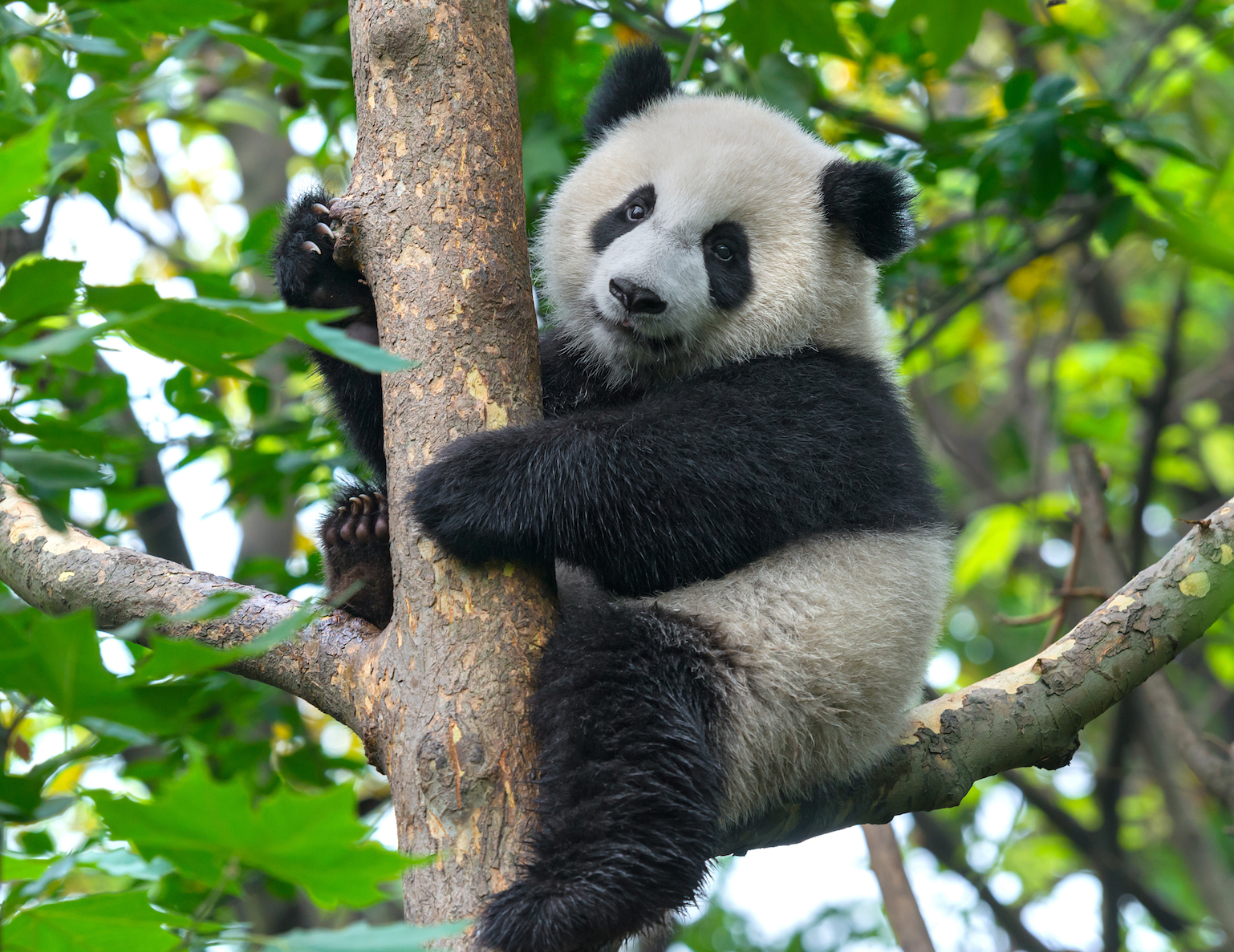
The Potala Palace in Lhasa
The Potala Palace is a symbol of Tibet. In 1994 it was declared a UNESCO World Cultural Heritage Site. It is a huge treasure house of materials and articles from Tibetan history, religion, culture and art. The palace is widely known for the precious sculptures, murals, scriptures, Buddhist statues, murals, antiques, and religious jewelry housed within.
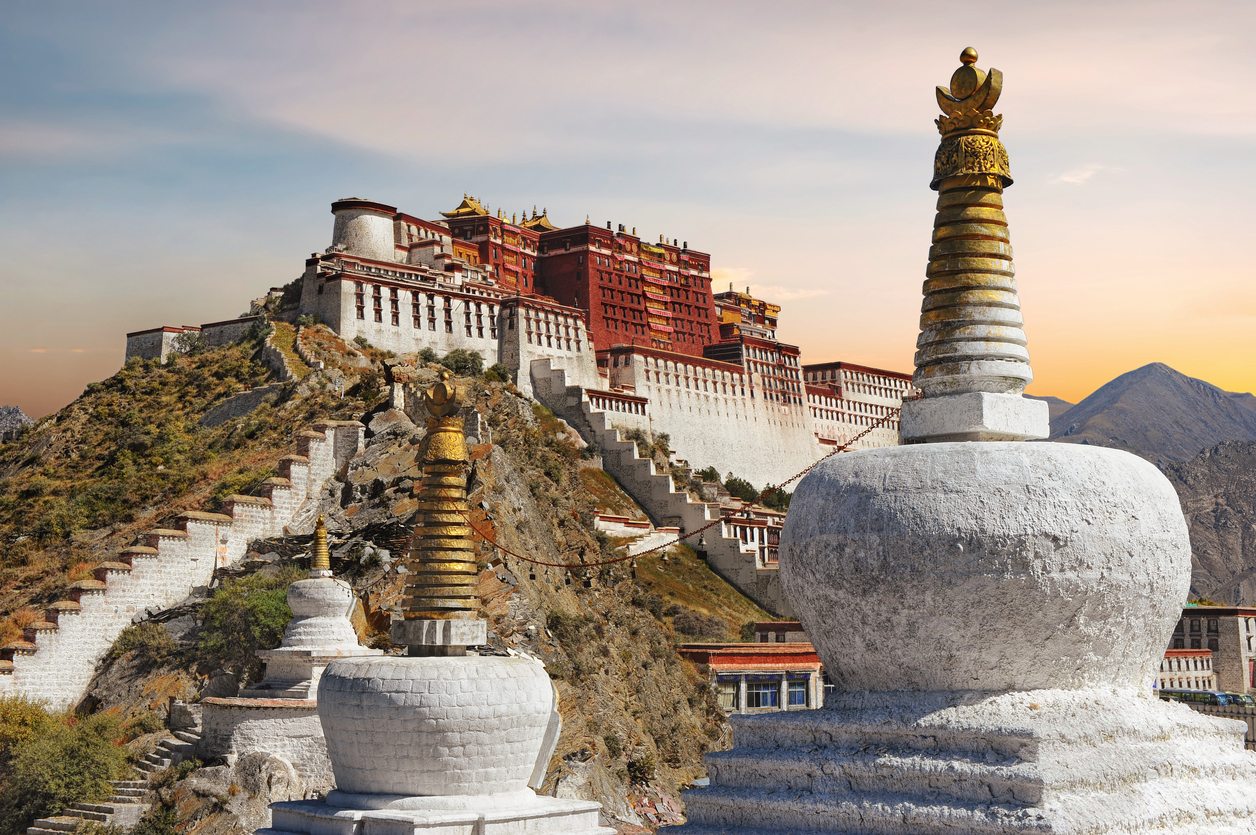
The Bund in Shanghai
The Bund is one of the most recognisable architectural symbols of Shanghai. It showcases the world with its colonial European buildings and skyscrapers the other side of the Huangpu, housing one of the world’s foremost business districts.
The Bund was Shanghai’s most prosperous area in late 18th century and early 19th century. When the first British company opened an office at the Bund in 1846, it became the epitome of elegance.

Victoria Harbor in Hong Kong
The view over Victoria Harbour from Victoria Peak offers the iconic outlook over Hong Kong’s “high rise” to success and prosperity. Victoria Peak is the best spot to have a bird’s eye view of Hong Kong. Viewed from the peak, both day and night scenes are worth taking in. See high-rise buildings around Victoria Harbour stretching out towards Mainland China. At night the scenery is gorgeous, when the Symphony of Lights of various buildings dances in unison.
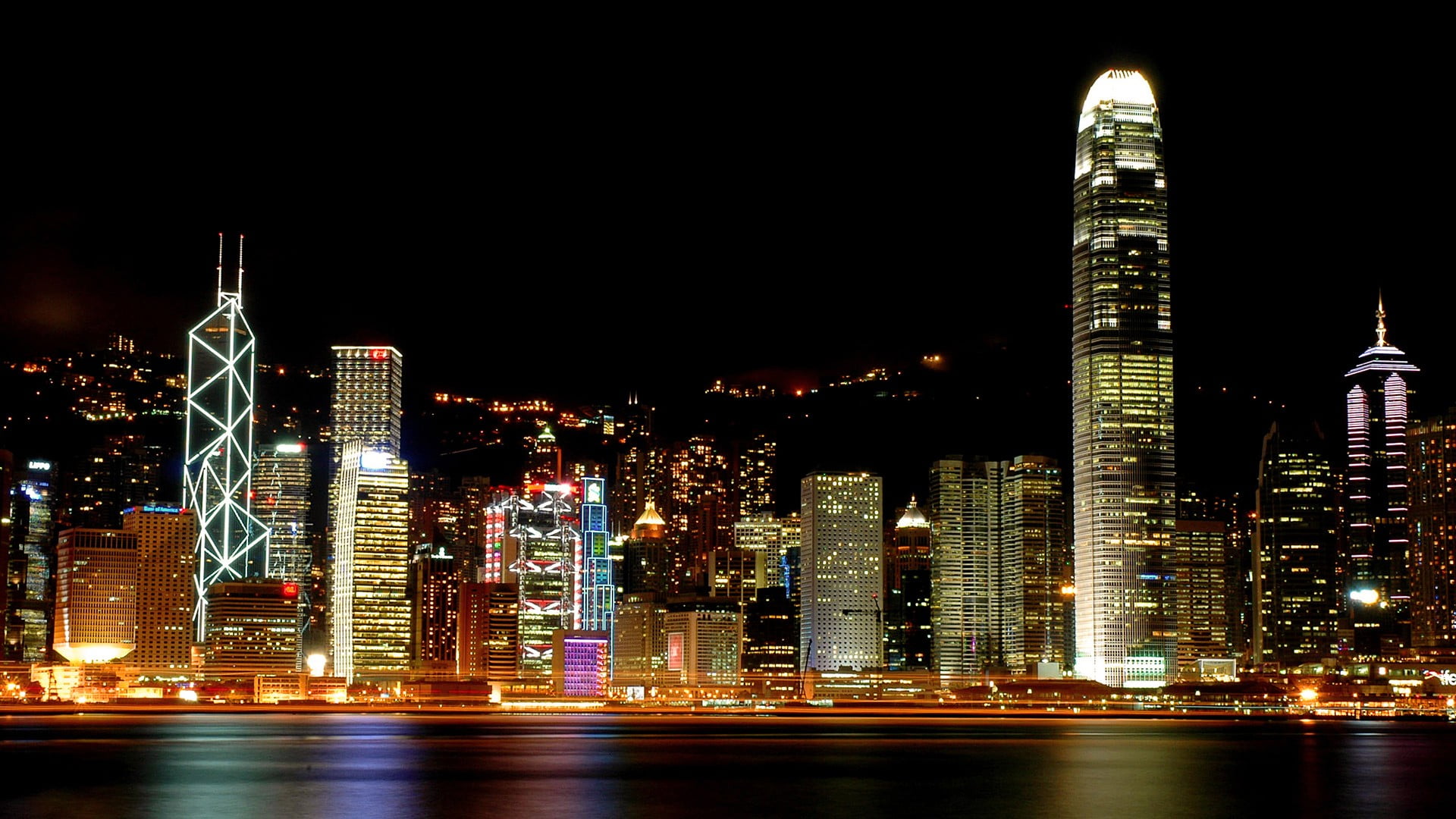
West Lake in Hangzhou
Hangzhou is renowned as China’s “paradise on earth” owing to its beautiful landscape. West Lake was created after the Chinese love for garden-style parks for recreation. West Lake is a place of tranquility where urbanity becomes a silhouette on the northeast horizon and mountains near and far surround it on the other three sides. The occasional pagoda and Chinese-style arched bridge add atmosphere to the tree-lined walkways, verdant islands, and hills. To admire the beauty of West Lake, visitors can leisurely bike around the lake, walk around the lake, or take a short cruise on it.
